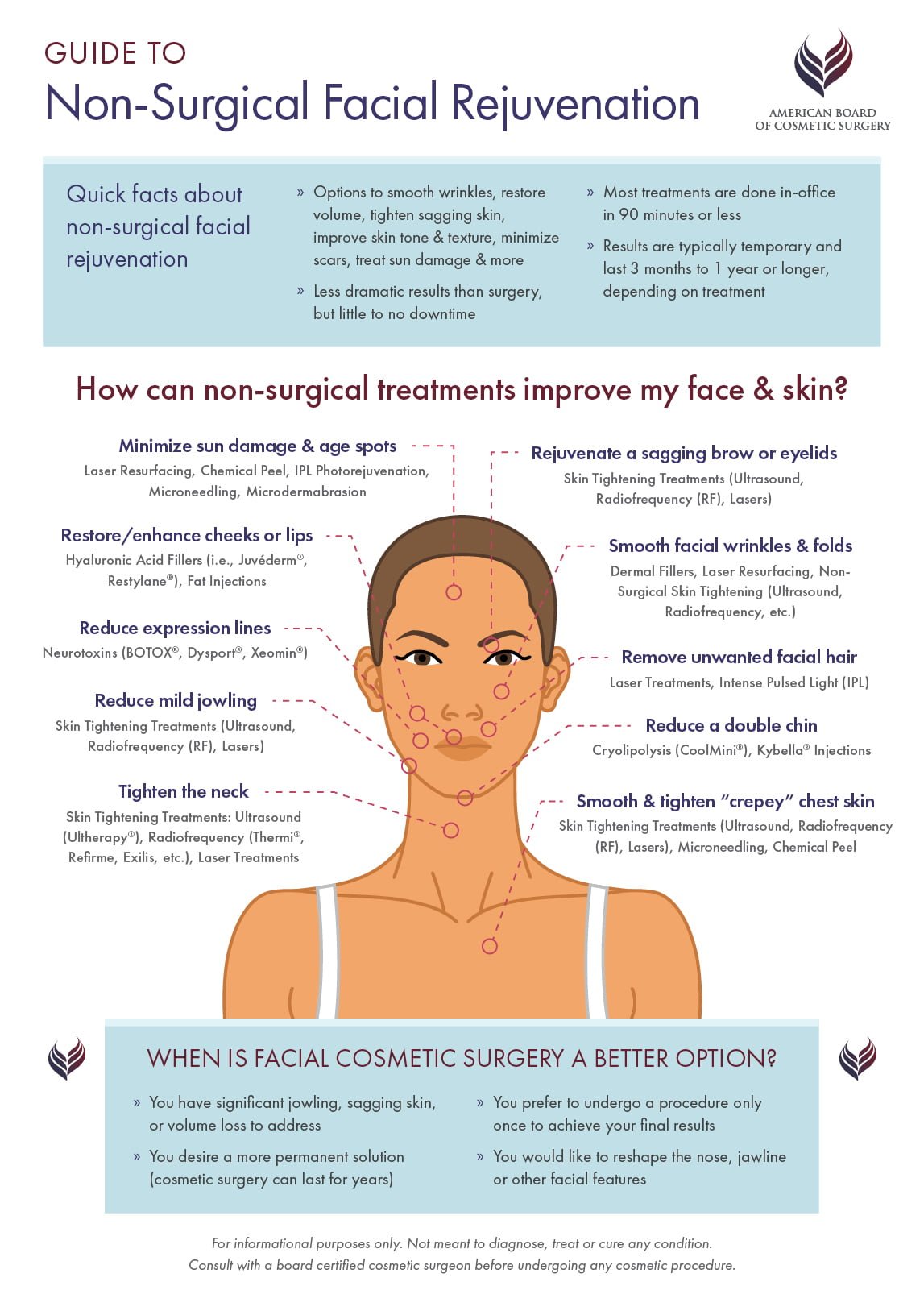Best Diet For Acne Prone Skin
Best Diet For Acne Prone Skin
Blog Article
Acne Treatment - What Are AHAs in Acne Treatment?
AHAs are an essential ingredient for unclogging pore blockages and brightening acne-prone skin. They work by breaking down dead skin cell accumulation to promote more recent, fresher cells, and protecting against future blockages.
Creating topical AHAs necessitates careful focus to various key elements that substantially influence their efficacy and tolerability. Maintaining the ideal pH array, in addition to vehicle selection and concentration, magnifies their exfoliative qualities while minimizing potential unfavorable reactions.
Glycolic acid
Glycolic acid is understood for its moderate yet efficient scrubing properties, which promote skin's natural shedding and loosen the "glue" that holds dead cells externally of the skin. This assists unblock pores and decrease the look of great lines and wrinkles, as well as improve overall skin texture and tone.
Remarkably, topical glycolic acid has likewise been shown to promote the manufacturing of collagen, which is important in keeping skin's suppleness and flexibility. It is important to note, however, that because glycolic acid can promote the skin's level of sensitivity to sunlight, it is vital to wear sun block when using any products including this component.
Skin doctors pay mindful attention to the formulation of products including AHAs in order to enhance their efficiency and tolerability. Developing AHAs with the suitable car, together with pH and concentration considerations, permits optimum skin infiltration while decreasing possible unfavorable reactions. This is especially critical for people with delicate skin, given that AHAs are recognized to be mildly irritating.
Lactic acid
Lactic acid is discovered in numerous over the counter skin treatment items and some more powerful specialist peels and therapies. It has the most affordable molecular weight of all the AHAs and has the ability to pass through much deeper right into the skin, where it is a lot more reliable at unclogging pores and scrubing.
Like glycolic acid, it additionally boosts collagen synthesis, which assists decrease fine lines and wrinkles and improve skin texture. In addition, it has moisture-retention residential properties, that makes it preferable for drier skin kinds than various other AHAs.
The extensive body of professional information corroborating the efficiency of topical AHAs sustains their energy in a vast array of skin-related conditions and aesthetic concerns. These consist of detailed skin restoration procedures, attenuation of great lines and creases, lightening of hyperpigmentation, healing intervention for actinic keratosis, and acne management [2] Enhancing the formulation of AHAs by balancing pH, concentration, and lorry choice even more improves their restorative capacity. These careful considerations enable skin doctors to provide risk-free and efficient treatments that provide premium professional outcomes.
Mandelic acid
Mandelic acid, originated from almonds, is another participant of the AHA household and is a popular active ingredient in items that help deal with acne. Its bigger molecular size means it passes through the skin much more slowly and delicately, which can minimize the potential for irritability. It's likewise less most likely to set off soreness and various other skin sensitivity concerns, making it ideal for sensitive skin kinds.
Mandelic Acid is believed to help reduce swelling and boost hydration. It works by loosening the bonds in between dead skin cells, allowing them to lose and expose fresher-looking skin. It also helps in reducing the appearance of bigger pores.
Developing topical items with AHAs needs a precise equilibrium of key variables that considerably impact their effectiveness and tolerability. In particular, the pH of an AHA formula has been revealed to play a critical role in its capability to advertise peeling and boost skin tone and texture. Accomplishing this optimum concentration is a challenging goal and needs careful focus to the various elements that affect the solution procedure.
Citric acid
Citric acid, found in citrus fruits such as oranges and lemons, is a mild AHA. It's much less bothersome than glycolic or lactic acid, making it preferable for sensitive skin. It likewise has astringent buildings, helping to dry out excess oil.
Like other AHAs, citric acid can be used in chemical peels and daily active/maintenance treatments to exfoliate the skin and promote cell turnover. It can help reduce the appearance of dark areas and hyperpigmentation, in addition to great face lines.
It can additionally boost the synthesis of glycosaminoglycans, which play a vital duty in reinforcing the skin obstacle feature. This aids to avoid trans-epidermal water loss, and keep optimum hydration degrees in the skin [35]
AHAs can be incorporated with comforting active ingredients such as ceramides or hyaluronic acid to improve their tolerability. They can be included right into day-to-day active/maintenance skin care with lotion or lotion formulas. This permits experts to customize their AHA therapies based upon client requirements and preferences, with progeskin biologique the flexibility of choosing from various therapy strengths or concentrations.